Over 165 key customers fr om Russia and the CIS, Germany, Austria, China, India and many other countries sent representatives to the event, which took place in April. Sberbank President German Gref attended as a special guest speaker.
Global challenges
Dmitry Konov, Chairman of SIBUR’s Management Board, opened the official part and talked about global challenges the company faces and the outlook for growth.
Sberbank President German Gref attended as a special guest speaker.
Changes in the Russian petrochemical industry should be assessed and forecasted in conjunction with global economic fundamentals and trends that are affecting or will affect the market environment.
Global trends
1. Demographics:
- Population in emerging economies is becoming younger, acting as a booster to consumption
- Population in developed economies is ageing, which increases specific consumption
- The world’s population is constantly growing
- Urbanisation (in 2007, urban population first exceeded that in rural areas)
- Migration and strong inflow of labour resources fr om Asia globally
2. Trade:
- Global trade slowdown as a consequence of a wide income gap between different regions
3. Resources:
- Higher electricity consumption, with a larger share of alternative energy in total generation
- Acute shortage of drinking water expected by 2050
- Limited food production capacities, with only 3% of lands suitable for farming, while a quarter of all food is wasted in developed countries due to overconsumption.
Dmitry Konov believes that in the coming decades, the economy will continue adapting to the demographic and resource trends that we see today (see the inset). There will be changes in the volume and structure of consumption of various commodity groups, which will directly impact the petrochemical business. As one example, rapid urbanisation and global population growth will lead to an increase in urban construction, a major consumer of petrochemical products. This is especially important now that, in terms of output, polymers considerably outpace all other construction materials, such as wood, glass or metals (over the past 20 years, petrochemicals have been growing at an average of around 5% a year, compared to some 3% for the global GDP). Given the widely recognised trend for ageing population in developed countries, senior consumers will spur the demand for targeted goods and services. The evident shortage of resources will require governments and corporations to create smart and economically viable environmental policies.
SIBUR and leading analysts share the view that the petrochemical sector will continue its accelerated growth going forward. There are several reasons, including low base (until recently, polymers and other petrochemical products were not as widely used as competing materials), polymer product efficiency, pricing, etc. Meanwhile, as Dmitry Konov notes, the condition of individual petrochemical markets will be shaped by both investment cycles and the natural frequency of fixed asset renewals. For example, on a global scale, the car fleet completely changes once every ten years on average, while residential and industrial buildings take 50–100 years to do that. However, in the foreseeable future, the share of petrochemical components will be growing with every renewal cycle. Of course, we should also account for changes in hydrocarbons prices that will affect petrochemical production costs.
Relying on these trends, SIBUR intends to focus on a number of key development areas over the next years:
1. Enhancing the use of technologies in its products.
Today, SIBUR is primarily a producer of polymers for conventional industries and technologies, but, according to Dmitry Konov, the company and its partners will have to think about entering newer segments that are emerging today, including biotechnology and nanotechnology, robotics, new energy, self-driving vehicles, or 3D printing. These may well become the key drivers of growth in the next 10–20 years. Already today, SIBUR aims to bring high-tech polymers and other chemical products to the market, bolstering joint efforts with final product makers.
2. Contributing to the development of closed-loop economy.
Polymers can be re-used multiple times and have many additional advantages over other resources: compared to stone, metal, or glass, they require much less energy to produce and emit considerably less CO2 during production, transportation and use. SIBUR is committed to becoming one of the drivers of the new economic model that relies on multiple use of polymer products and optimised consumption of both renewable and non-renewable resources.
3. Refocusing the business to respond to customer needs.
Refocusing as a way to meet the needs of customers is one of the main trends in the economy today. Sberbank President German Gref believes a very relevant challenge for businesses today is to offer what consumers expect, namely a wide product range, customisation, opportunity to contribute to product creation, and much more. State-of-the-art technologies, which many experts term as “Industry 4.0”, simplify the task to a great extent, enabling companies to monitor consumer behaviour and use the data to formulate strategies.
"At the same time, innovations are always a risk, as you invest in ideas that can either become a breakthrough in five years or bear no fruit at all. The inception and implementation of innovations also means working with people and enabling young and talented specialists to bring live the projects that are really worth it. As a result, successful ideas deliver returns that offset risks and propel the business to a new level,” German Gref said.
According to Dmitry Konov, SIBUR is already on a customer-сentric path, creating and implementing digital tools to analyse the needs of customers and interact with them, while also responding to existing and potential demands of ever new markets and customers.
The participants of the first Forum of the Future.
SIBUR answers
The evident shortage of resources will require governments and corporations to create smart and economically viable environmental policies.
Customer relations was the Forum's key objective, with the Q&A session sparking a lot of interest from the event's guests. The questions from clients and partners were taken by SIBUR's managers.
Replying to the commonly expected question “When will you lower the prices for your products?”, Dmitry Konov said: "The company seeks to sell its products at prices that enable us to not only support our existing production but also invest in new projects that will make an important contribution to the development of the entire market. In particular, over the past decade, we have invested some RUB 600 bn in the construction of new capacities. With a lot of our customers asking about prices, we will be holding a series of meetings to invite those who ask these questions and those at SIBUR who are responsible for the pricing in different product segments.” Dmitry Konov added that the company and its customers will then review the outcome of the meetings to try and find optimal solutions for various product groups.
What is the demand outlook for thermoplastic elastomers (TPEs) in road construction?
Pavel Lyakhovich,
member of the Management Board and Managing Director of SIBUR’s Plastics and Organic Synthesis Division:
“Over the past four years, demand for TPEs has been growing by around 6%. If Russian producers start using best international practices for TPE in road construction, the consumption of these products might well grow by as much as 20–30% per year. In our view, TPEs have an upside potential not only as polymer-bitumen binders, but also as bitumen mastics, road marking mastics, and docking tapes for long-term sealing of joints in asphalt concrete pavements. In Russia, we see a good outlook for TPE-based compounds and adhesives, and also in roofing. SIBUR is focused on the domestic market and ready to foster emerging segments.”
What do you think about today's demand for BOPP films in Russia, and what are your expectations for 2017 and the coming years?
Maria Borisova,
Marketing and Sales Director, BIAXPLEN:
“In 2016, the domestic market saw a moderate gain in demand, growing by 3%, with imports of ready-made packaging going down, although food production continued to grow. In addition to the overall consumption growth in Russia, exchange rate volatility worked to considerably amplify the risks for BOPP imports, encouraging BOPP consumers to further enhance their focus on Russian producers. After a slowdown, we expect a gradual pick-up in demand in 2017.”
Is SIBUR planning to build a logistics centre in the Krasnodar Territory?
Sergey Zhidkikh,
Sales Director, Basic Polymers Division at SIBUR:
"We are trying to bring SIBUR's logistics centres closer to our customers, whose production facilities are located mainly in the Central Federal District. Logistics improvements in this region are also driving higher efficiency of exports to foreign customers. This is why we are planning to build a major logistics hub in the region jointly with our partners. As regards the Krasnodar Territory, we will be ready to build infrastructure of this kind when we have more local consumers for our products.”
It has been reported earlier that you are planning to open a research centre for polyolefin application in Tomsk. Are these plans confirmed, what is its purpose?
Pavel Lyakhovich,
member of the Management Board and Managing Director of SIBUR’s Plastics and Organic Synthesis Division:
“We are currently considering two projects.
The first one is the research centre for polyolefin generation and processing. This centre will be engaged in pilot processing of polymers into end products in the conditions as close to our customers as possible. As early as the development stage, we will be able to spot the advantages and disadvantages of our new grades, and speed up their launch (for more details about the research centre, please see the News section at: https://www.sibur.ru/press-center/news/NaterritoriiinnovatsionnogotsentraSkolkovobudetsozdantekhnolo.... The centre will be located in Moscow, wh ere we have most of our key polymer consumers. In addition, the capital city is a convenient site for developing customer relations.
The second project is the centre for polyolefin synthesis (centre for pilot facilities), which will synthesise polymers in a semi-commercial mode, enabling us to test process parameters and fine-tune technologies before launching production of new products at manufacturing units. This, in turn, will also facilitate product launch. Currently, we are considering several options for its location, including Tomsk.”
What plans does SIBUR have to produce and export LPG in 2017–2018?
Alexey Markov,
Hydrocarbon Marketing and Sales Director:
“In the second half of 2016, the company completed the gas fractionation expansion project in Tobolsk, increasing the plant's NGL processing capacity to 8 mtpa. This will contribute to higher LPG production volume at SIBUR's facilities in 2017–2018 as compared to 2016. SIBUR’ exports, excluding Novatek's volumes, totalled 3.3 mt in 2016. In 2017, we plan to hold that level unchanged.”
Guests were greeted by a robot interviewer asking for their requests or suggestions.
Impressions and expectations
SIBUR's customers spoke about their impressions on the sidelines of the Forum.
Vladimir Sarzhin,
CEO, AVS Kontinent:
“Events like this are an excellent tool for strengthening cooperation among companies. I would suggest that the next forum for customers should be held at one of SIBUR’s production sites.”
Anton Torochkin,
Sales Director, HOMA Group:
"Events like round tables and customer forums allow partners to see each other's key growth areas and thus help them to develop consolidated plans for the future. HOMA Group has been holding Customer Days for seven years now, and we are glad that SIBUR apparently followed the lead, arranging a similar event. (laughs).”
Natalia Kulikova,
Head of Procurement, Truboplastkomplekt:
“I think that SIBUR is one of the most customer-friendly companies on the market, with its clear and transparent pricing policy helping cooperation. Working with SIBUR, we have not had any major problems for a long time now. We like it that the company is consistent in improving its quality and enhancing a customer-centric approach, which makes it our supplier of choice.”
Marat Bagautdinov,
Chief Commercial Officer, Danaflex:
“The reports by speakers were quite interesting and informative. The very theme of SIBUR management's statement confirms that the company puts the customer first. This is good news, meaning that SIBUR is becoming a partner that offers less bureaucracy and more transparency and flexibility."
Denis Tumash,
CEO, Belneftekhim-ROS:
Belneftekhim sells a variety of petrochemical products all over the world. We have been working with SIBUR, one of our key partners, for over 10 years now. We buy feedstock, mostly monoethylene glycol and polypropylene, by dozens of thousands of tonnes per month. I hope that the company will make this event a tradition, and its audience will keep growing to facilitate new business contracts and broader cooperation.”
Eduard Bedai,
CEO, Rosavtoplast:
"We are especially looking forward to the opening of ZapSibNeftekhim, which will be the first in Russia to begin producing block copolymers required for manufacturing our composite materials. Currently, we have to source them from foreign producers and would like to switch to domestic feedstock as soon as possible. The Forum was an excellent opportunity not only to reach out to SIBUR’s management but also to make sure we are on the same page with industry peers and business partners.”
With 3D glasses, the visitors took a virtual tour of ZapSibNeftekhim under construction.
Focus on technology
The halls of Moscow’s Shelk Complex, wh ere the Forum was held, were decorated in a way that showcased new technologies as the core of SIBUR's growth strategy. Guests were greeted by a robot interviewer asking for their requests or suggestions. At the centre of the hall, there was a high podium with a dozen 3D glasses to view a virtual tour of ZapSibNeftekhim under construction. At the back of the hall, SIBUR had a 3D scanning and printing platform. Anyone could stand on it for 30 seconds to have their 3D image ready and then used to produce a copy of themselves in a special printer. Over 100 guests had their 3D photos made during the evening.
The Forum ended with a futuristic show from the Zapashny brothers, followed by a gala dinner. To celebrate the event, every guest received a book on Industry 4.0 technologies – which, as the Forum clearly confirmed, are key to growth in the sector.
Download PDF

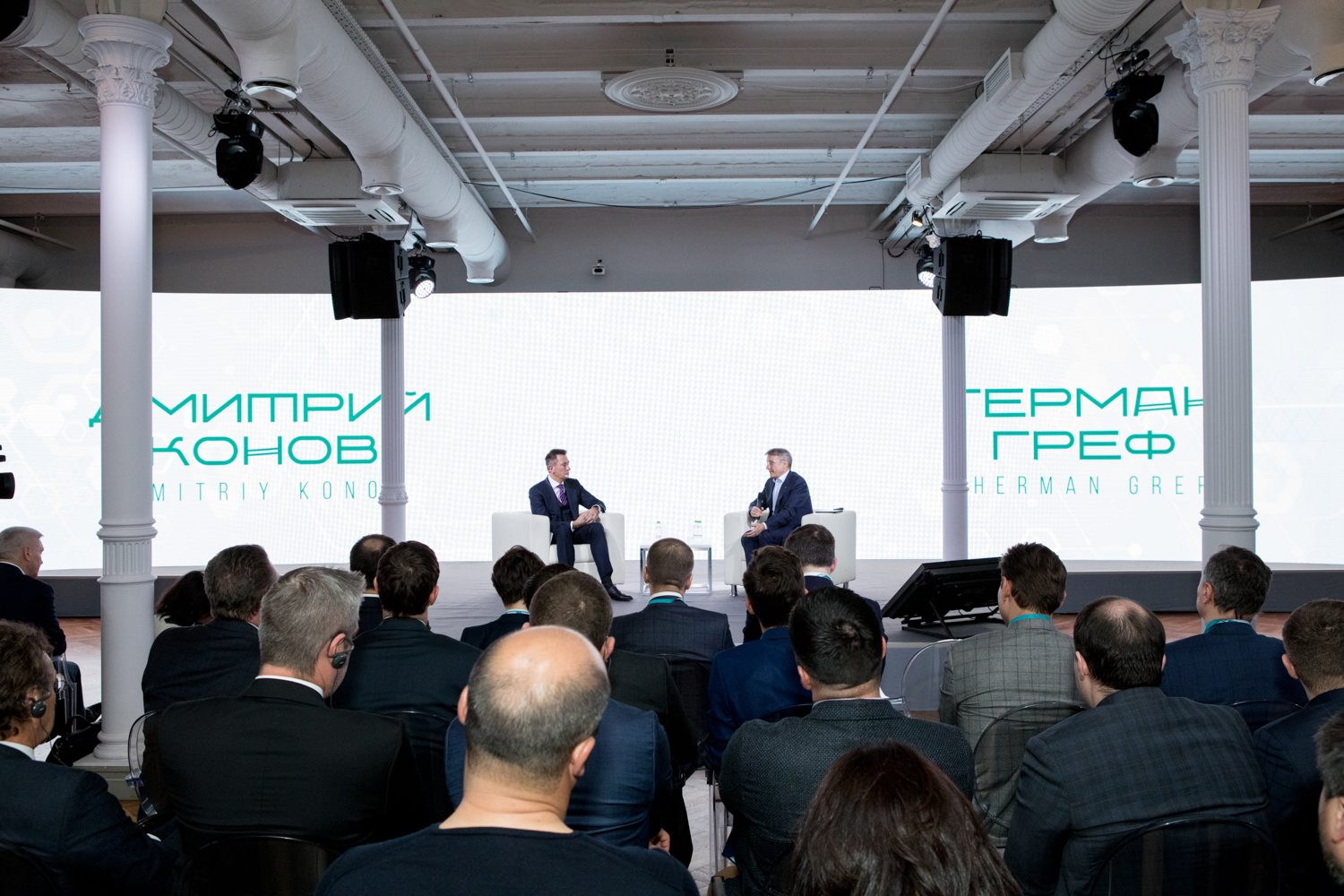
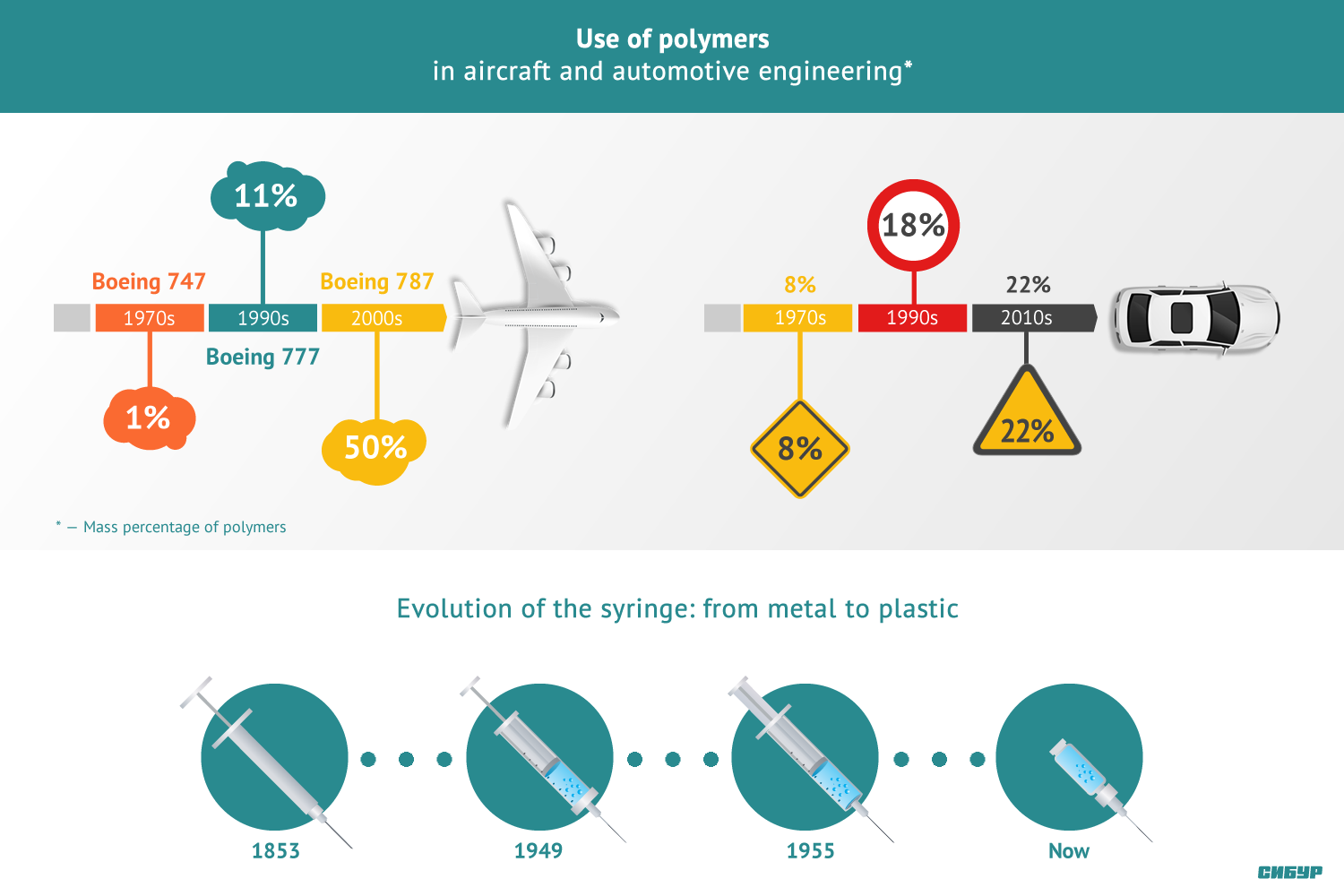

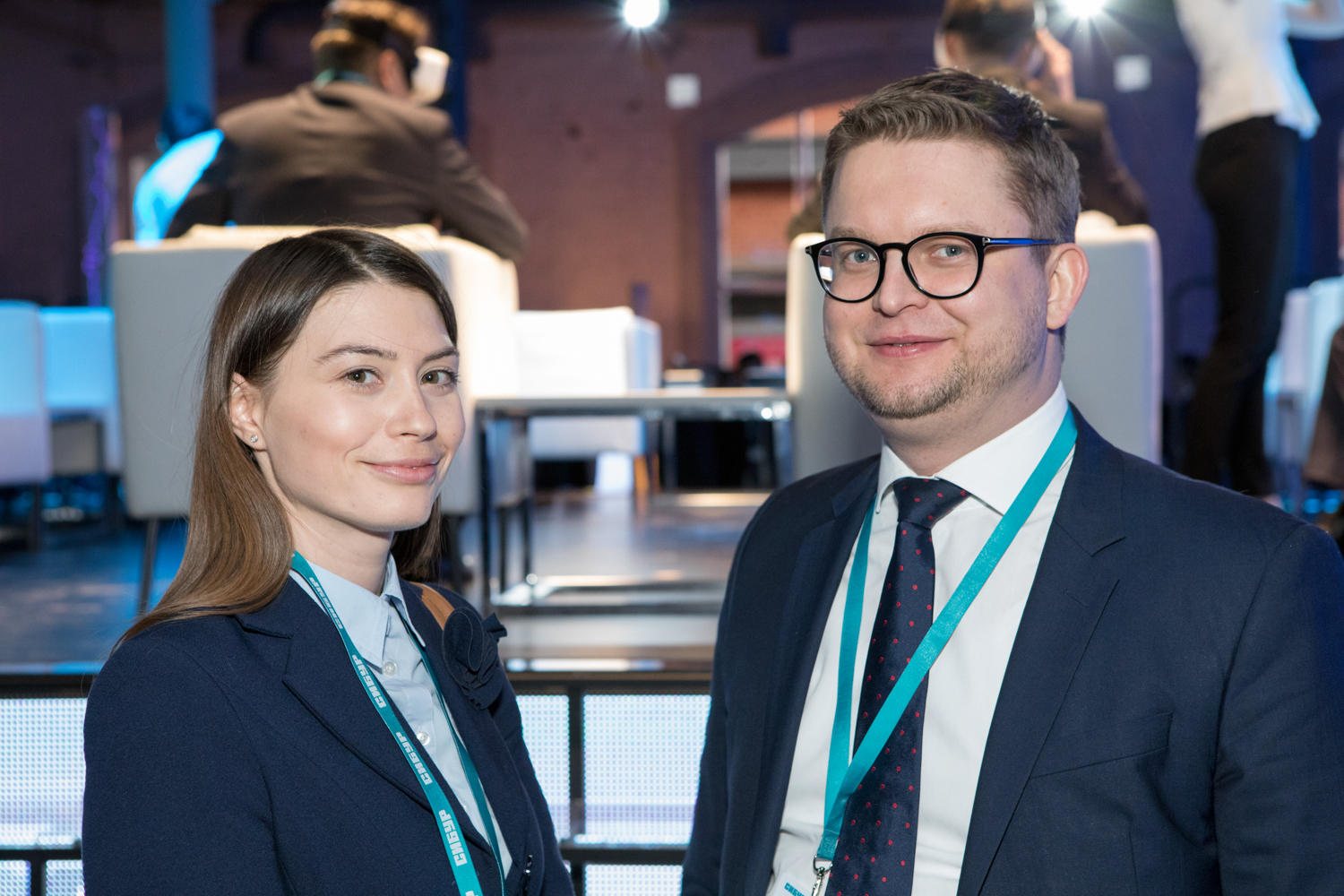
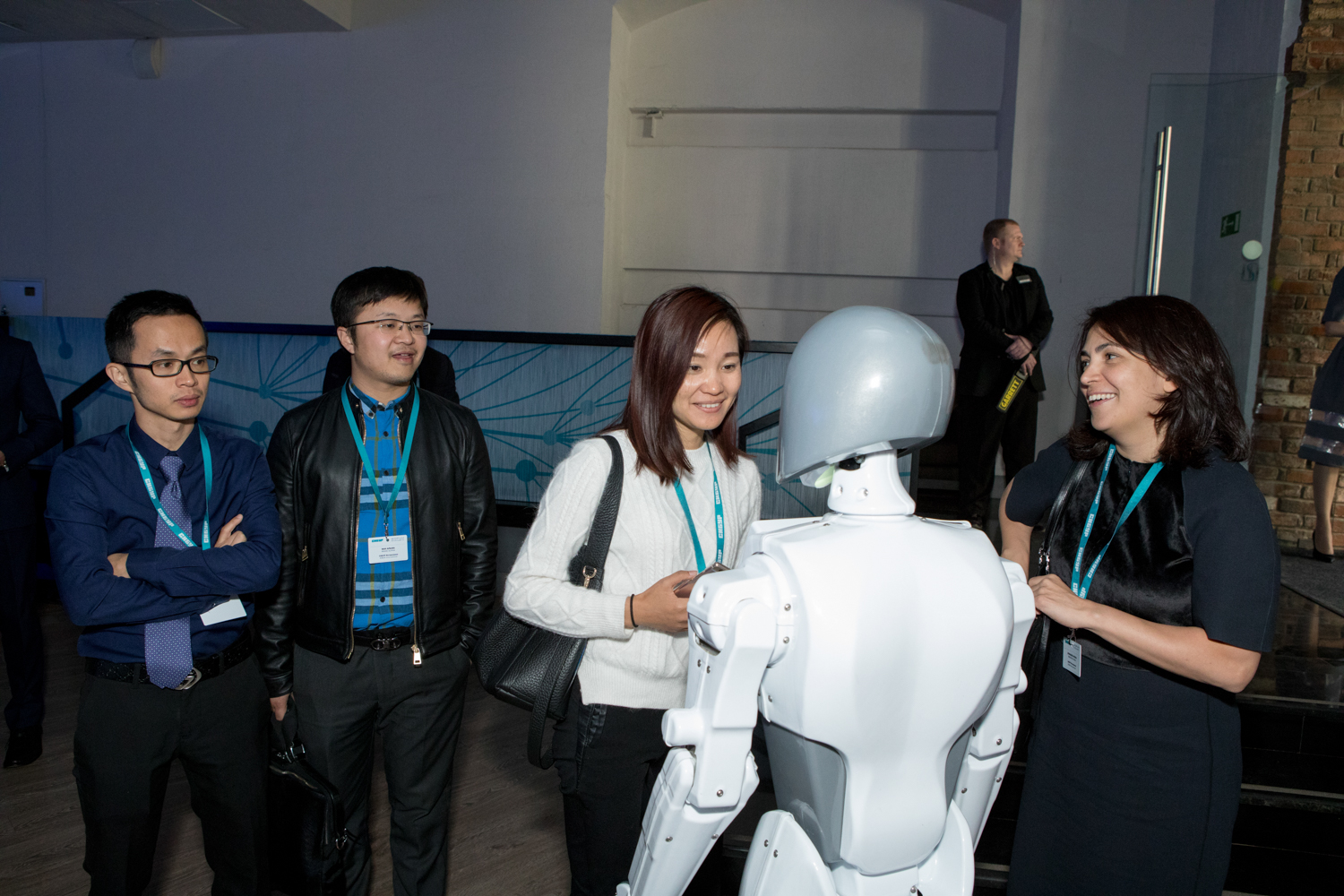
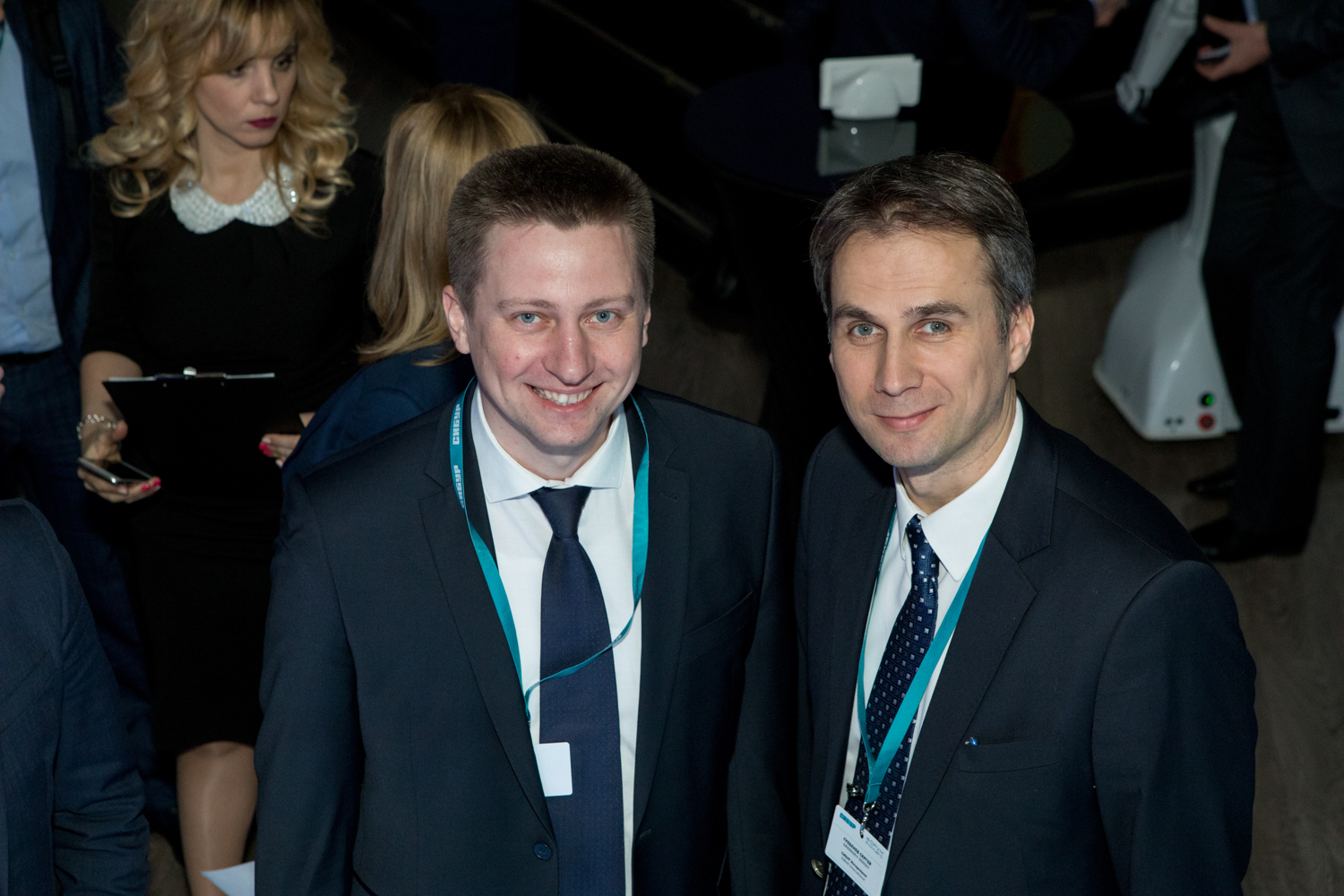
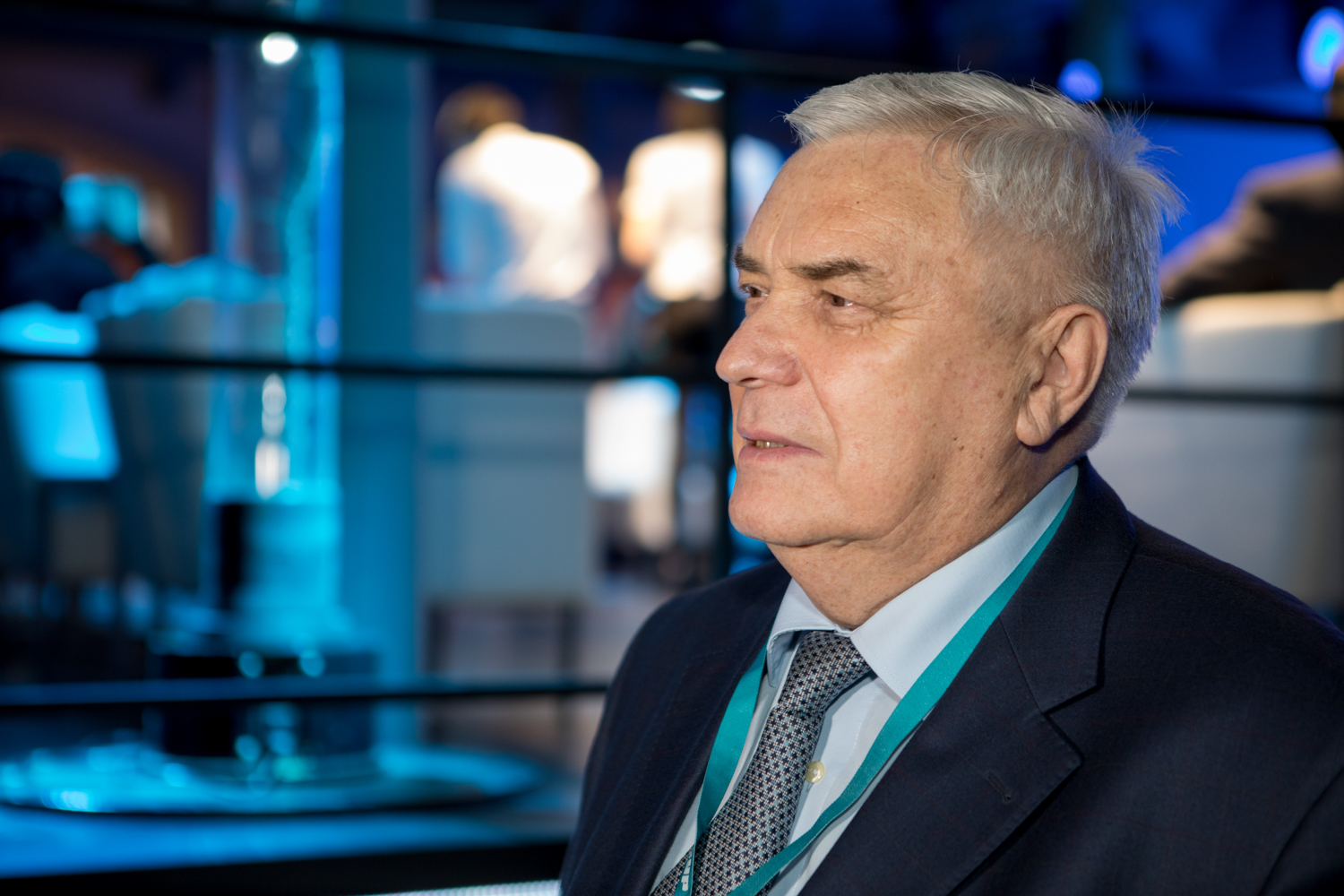
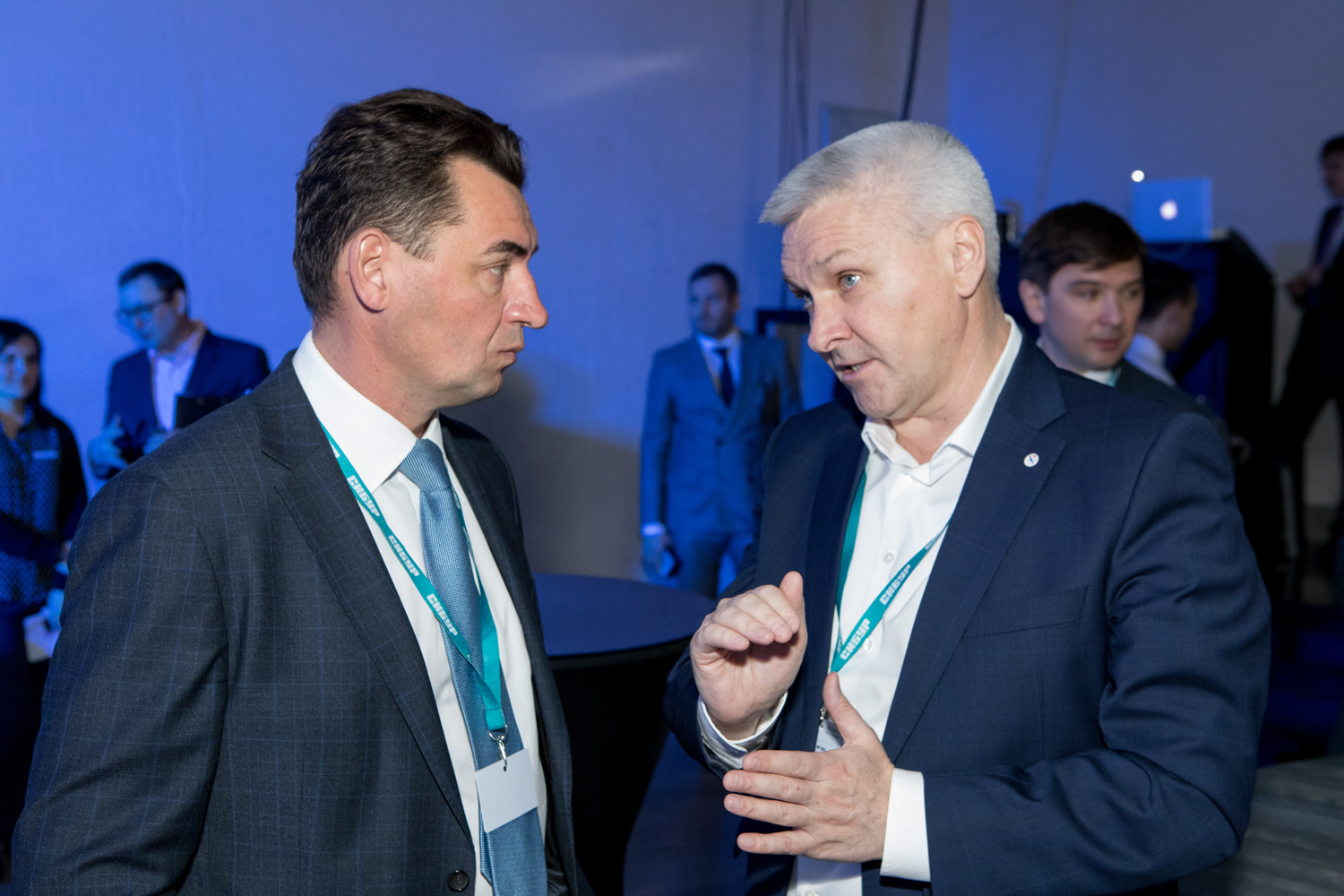
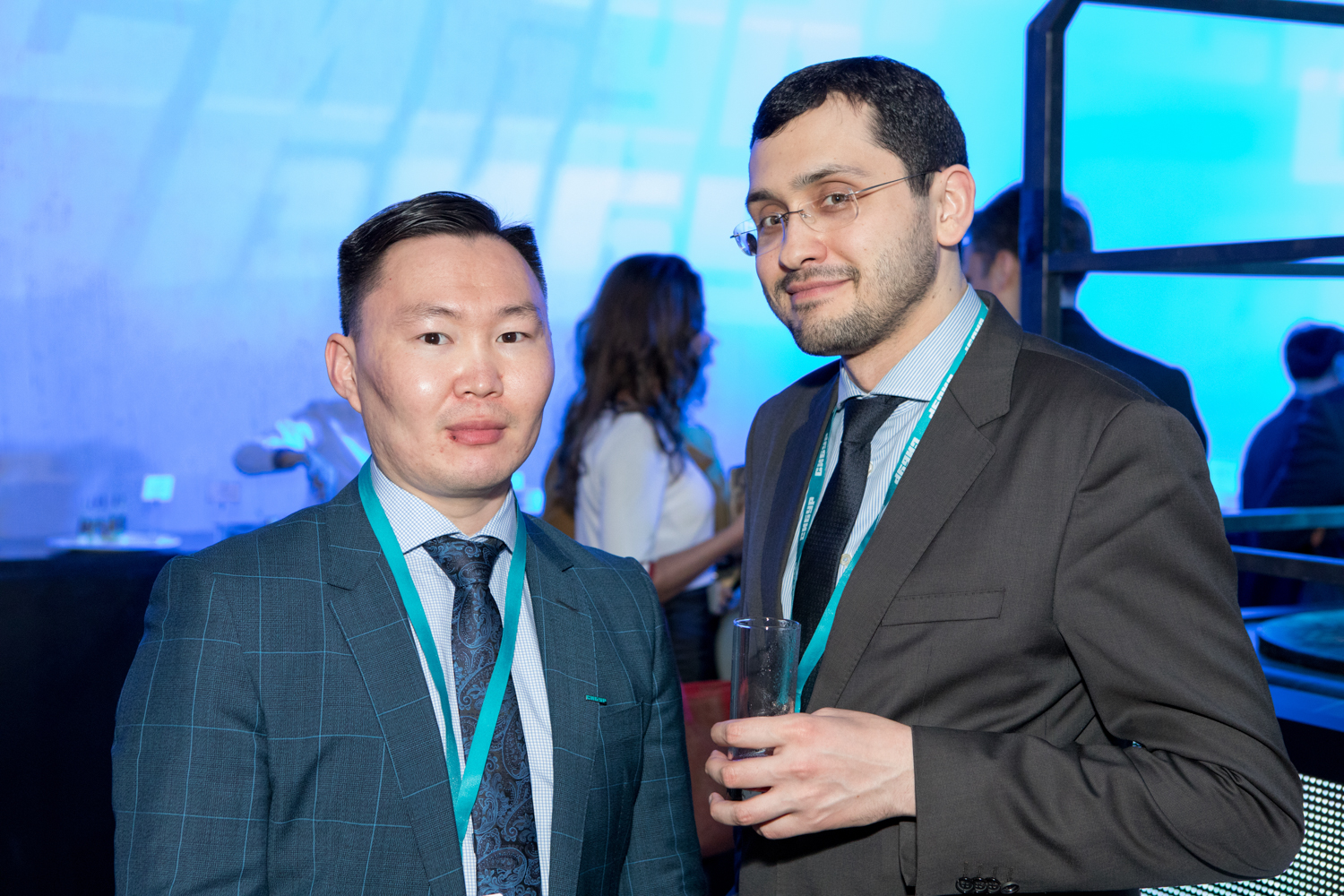
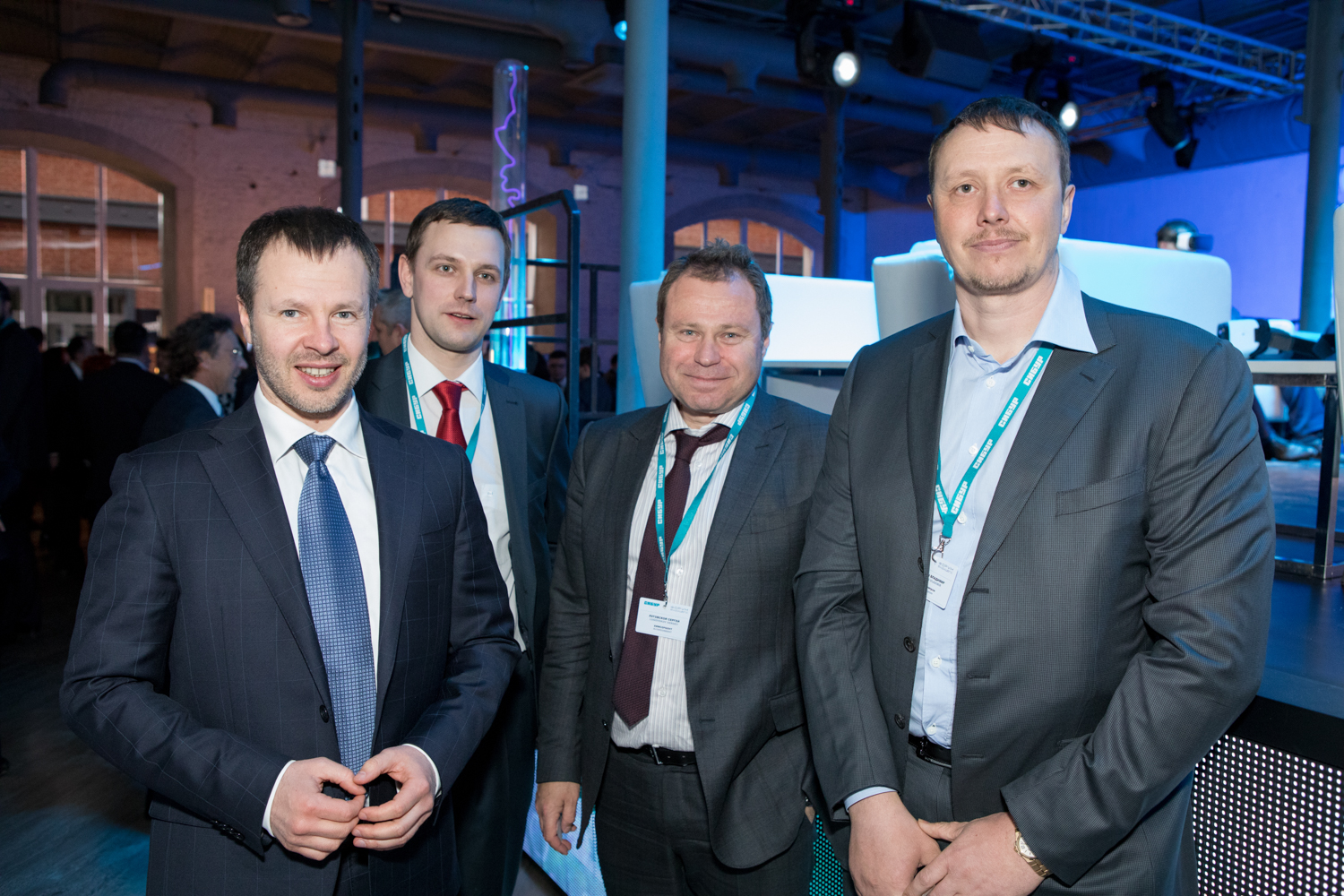
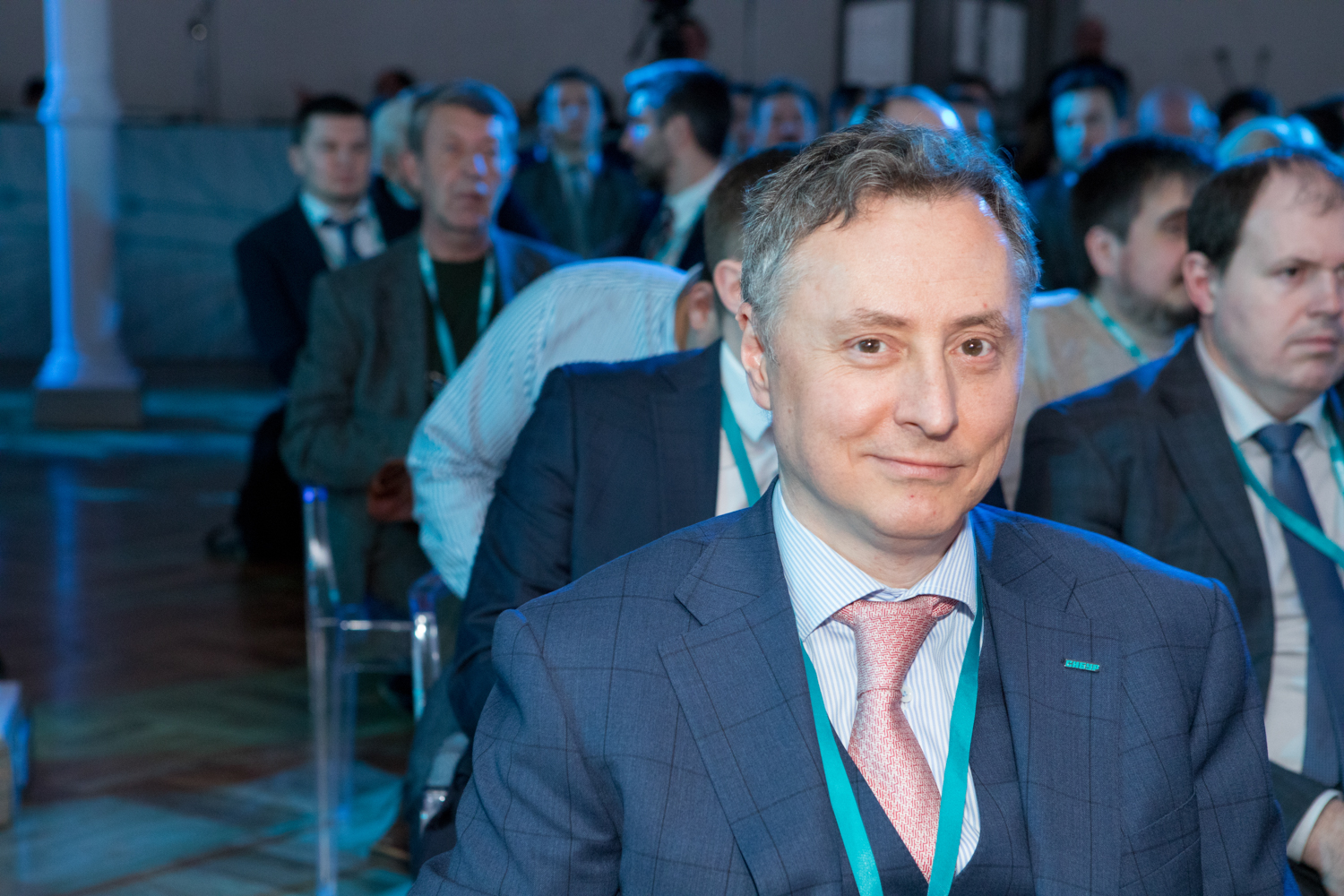
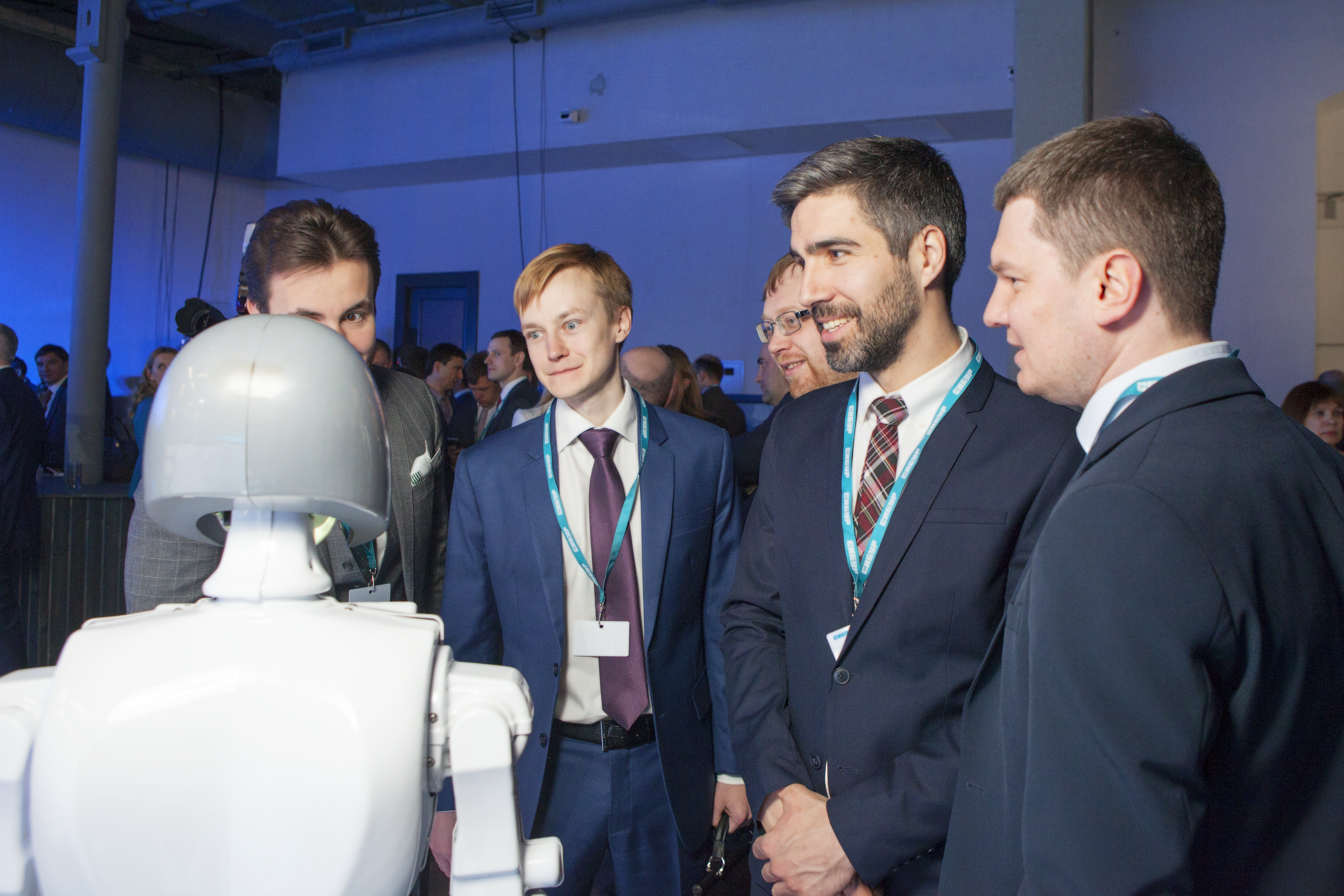
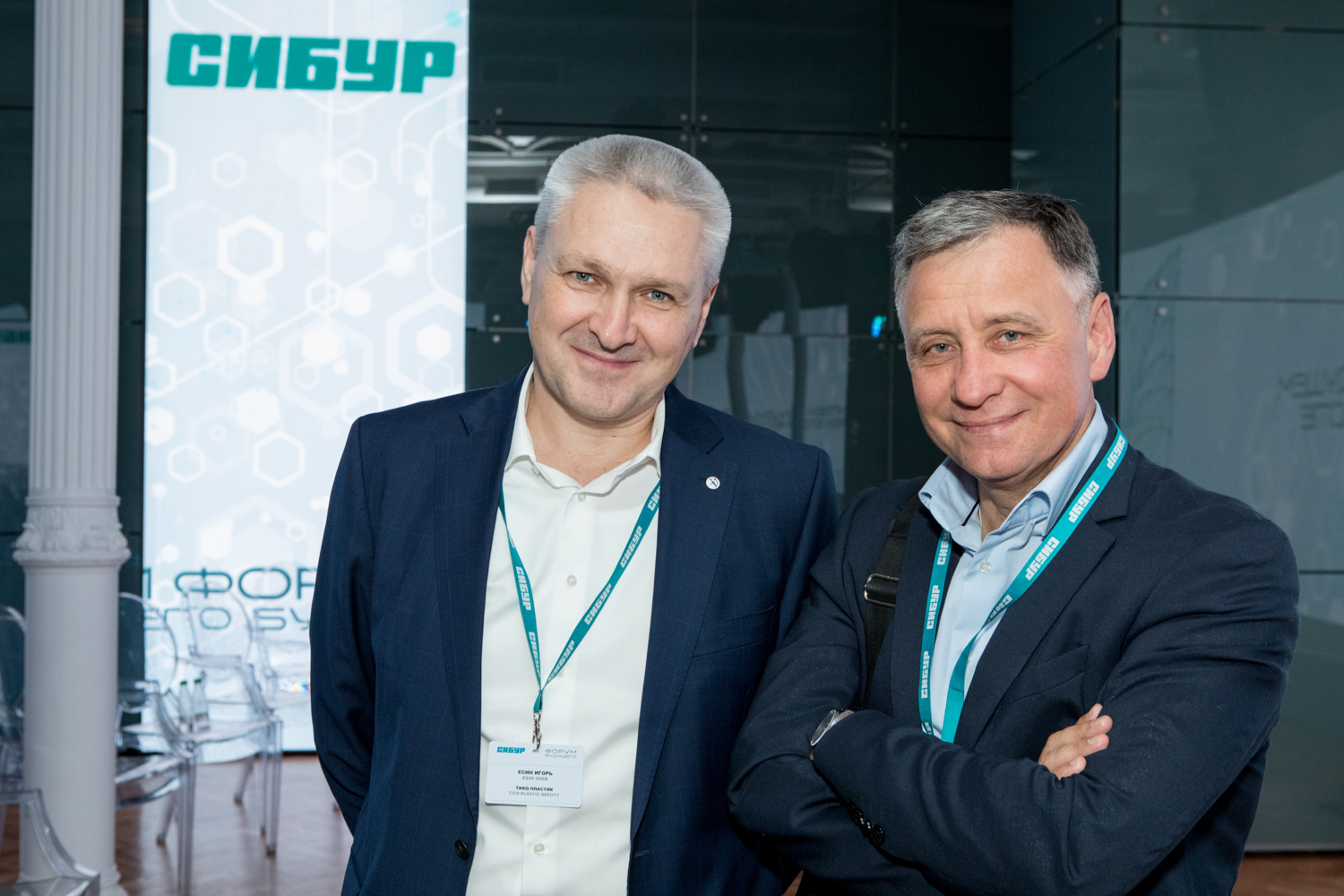
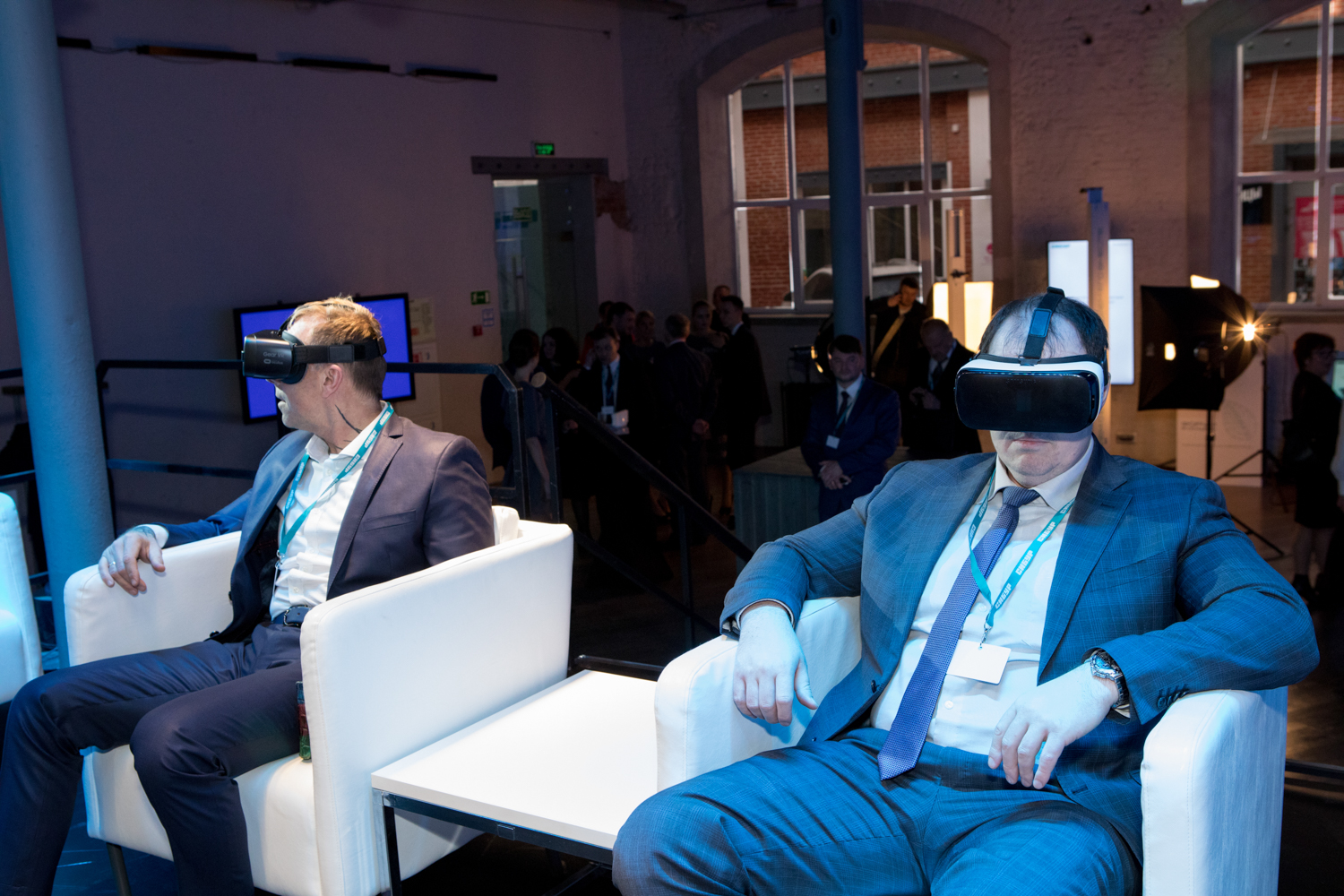
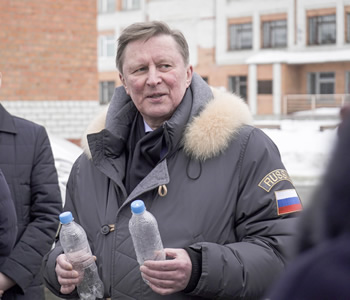
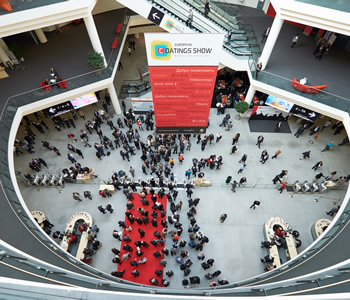
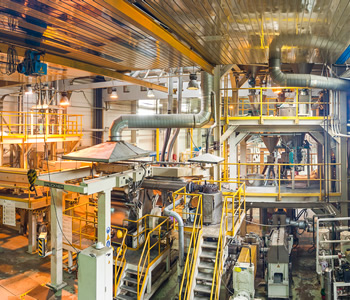
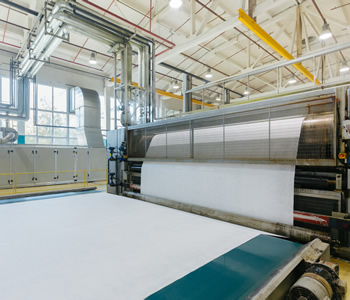


Dmitry Konov
Chairman of SIBUR’s Management Board
When I first started in the petrochemical business, one of my English-speaking fiends tried to talk me out of it, warning that this is an industry often described with four D-words: doubt, distant, dangerous, and dirty. Quite an uncomplimentary opinion overall. After 12 years in petrochemistry, I know for sure that it is largely not true, especially when it comes to companies that implement new technology.